“Flying Pancake” — Vought’s V-173
“Flying Pancake” — Vought’s V-173
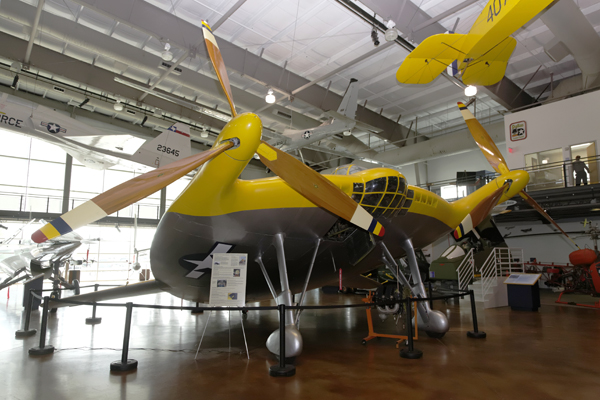
The Vought V-173 “Flying Pancake” newly restored and on exhibit at the Frontiers of Flight Museum in Dallas TX — photo by Joseph May
Vought’s engineers arrived at an innovative design breakthrough toward a low speed highly maneuverable propeller driven fighter by greatly reducing highly drag inducing wingtip vortices. Placing the propellers outboard and rotating them in the opposite direction of the vortices would tend to eradicate this drag as well as reduce the additional wingspan normally required to counter this drag. Vought introduced a design that could be classified as either as a lifting body or flying wing — known as a discoid lifting body. The proof-of-concept aircraft built is the V-173,- nicknamed both as “Flying Pancake” as well as “Zimmer’s Skimmer” after Charles Zimmer, the chief engineer. It is made of wood, covered with doped fabric, and proved to be quite a resilient structure. Two small 80 hp (60kW) Continental A-80 reciprocating engines provided power through a complicated linkage to large diameter propellers mounted on the outboard edges of the discoidal body. The 16½ foot (5.03m) diameter propellers and conventional, as well as fixed, landing gear required a 22º ground stance.
Test flights occurred from 1942 through 1947, though each flight was short in duration, and led to the more advanced Vought X5U “Flying Flapjack” which had a much more favorable power to weight ratio than the V-173. The Flying Pancake flew at a distinctive nose-high angle due to the anemic power, though, rendering the expected high visibility to a much lesser value. Retired Vought employees restored the rare example of the V-173 where it will reside at the Frontiers of Flight Museum until February 2022 when it is slated to return to the Smith. Photos (including the cockpit interior) and additional information regarding the V-173 can be found in this post from the National Air & Space Museum blog Airspace — additionally, there is this page from the Frontiers of Flight Museum.
Ultimately the advent of the turbojet engine caused the paradigm shift which rendered the discoid lifting body concept moot — at least for the moment.
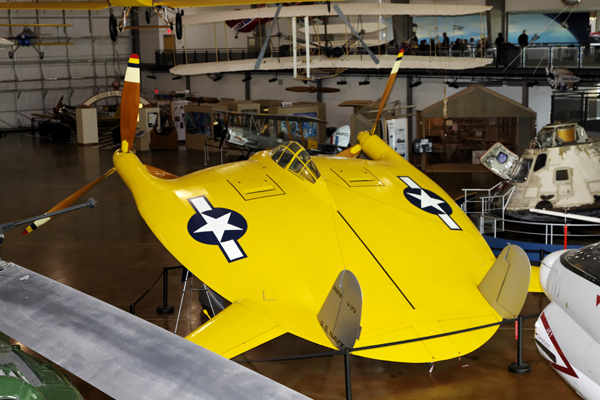
Dorsal view of the Flying Pancake, note how the prop washes can cancel the wingtip vortices as well as the discoidal nature of the body — photo by Joseph May
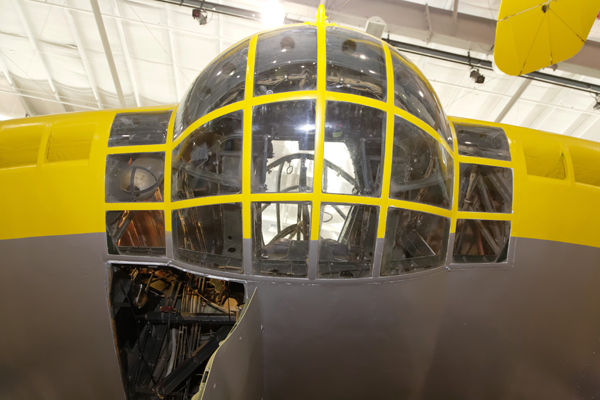
The V-173 canopy offered good visibility when in horizontal flight when not flown with the nose too high, to the left is the open entry hatch — photo by Joseph May
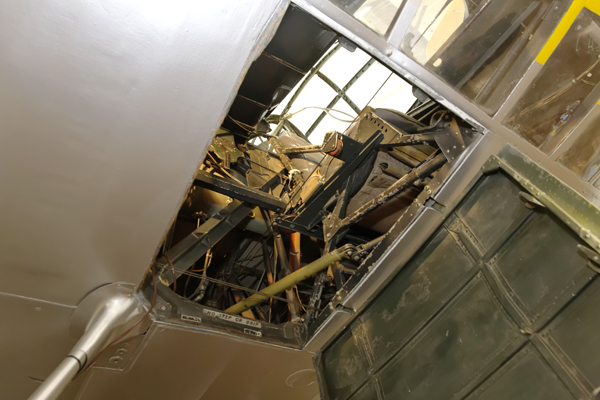
Looking up through the entry hatch to view the pilot’s seat and overhead canopy — photo by Joseph May
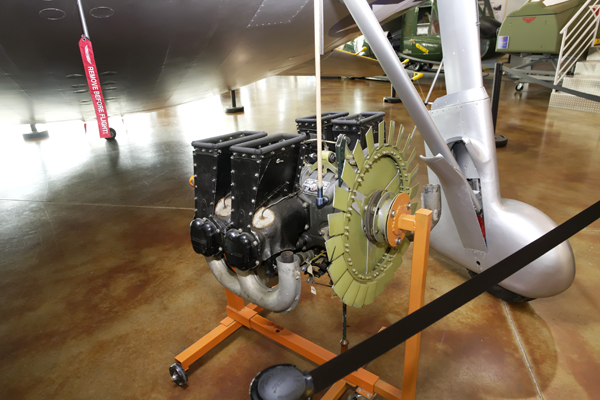
The Continental A-80 reciprocating engine, one of the two powerplants in the Flying Pancake, note too the fixed main gear — photo by Joseph May
Leave a comment Cancel reply
This site uses Akismet to reduce spam. Learn how your comment data is processed.
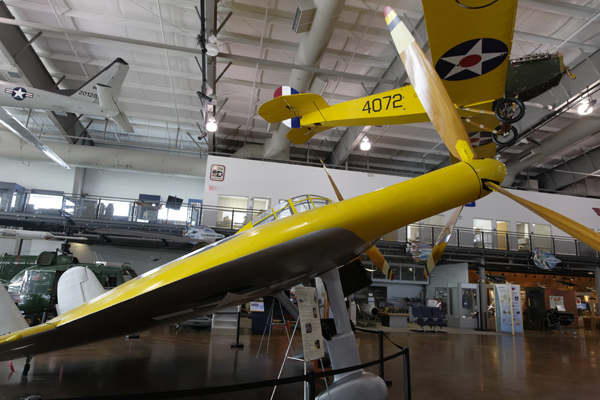
Hi, Joe….
Just a short note to say a __Large__THANK YOU to you, your family, friends, associates and continual new aviation friends for a year of education and entertainment. It must take countless hours and incredible energy to accomplish what you’ve done on an average of two days a week for fifty-two of them!!.
It is something I have looked forward to reading first; each & every single time it appeared on my screen! It was a year of history…from “Santa’s first flight” to the path of the future..and of that “in between” (youtube.com/watch?v=K4HAiieUQHU) !!!
Please know that your work is appreciated….and I wish you and yours the Merriest of Christmasses…and the BEST that the New Year will offer!
“Lookin forward to it!!!”
Sincerely,
david lord
Joe please send me your personal contact info so I can contact you regarding somthing important to our mutual interest. email: JRHafer@yahoo.com or call 863-224-2242 (or both) 🙂 thanks Pal. 🙂